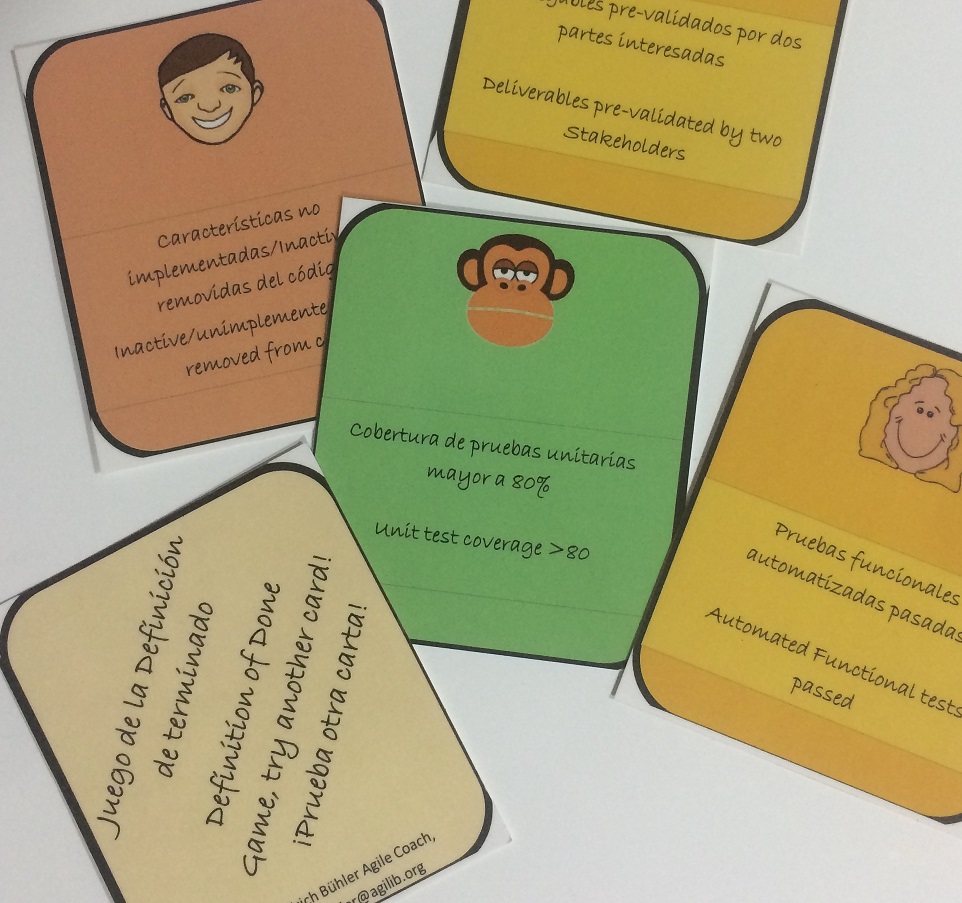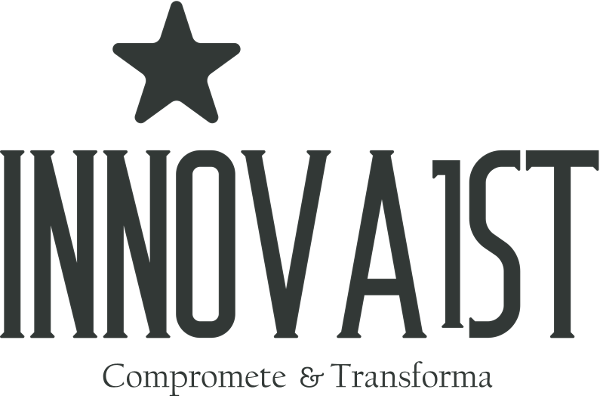Scrum teams need to focus on continuous improvement; this includes the following 3 main areas:
1. Software Quality (reducing code complexity, time to detect a bug, technical debt, etc.)
2. Way in which members communicate and information flows within and outside the team
3. Way in which obstacles are removed
These three points plus size and order of the requirements can directly impact the user experience and final cost of your software product. While I will focus on the first area only, you would be able to find more about the the second and third one in here.
When an organisation starts using Scrum, they often have concerns about the initial Acceptance Criteria list to be added into the new Definition of Done. Some companies choose to use an existing and comprehensive DOD list, while others select a basic list and allow the team to improve it, and the remaining ones prefer to create a DOD from scratch. Every alternative has advantages and disadvantages, and each case should be carefully analysed to chose the right option.

Whatever the desired option is, the organisation should understand that an Acceptance Criteria list is a proprietary set of rules and, therefore, local knowledge that must be learned and improved over time. That is why, in my experience, it is always advisable to start with a small DOD and, once the team is able to master it, allow them to make improvements.
A process which is run on regular basis to upgrade the DOD is highly desirable; that will assist the team to gain certain cadence and evolve the list over time.
Keep in mind that there will be no continuous improvement if the team in charge of building the software product does not control their own Definition of Done. That will cause a drop in quality, increase in complexity, technical debt and cost per requirements as well as frustration of its members. As a result of the company taking this shortcut, the Scrum Team will be unable to evolve their processes and the DOD will become larger.
Automating as much as possible and taking solid steps towards learning is essential as it allows people to spend more time at focusing on improving the other two areas.
I know by experience that many organisations have no idea how to help their Scrum teams to improve their Definitions Of Done without invading their spaces or pushing items into their lists. They also feel that they don´t have an efficient and consistent framework to support members in taking the right amount of time to learn and think of the coming acceptance criteria items.
The DOD game is a consistent solution which offers a powerful tool to allow teams to improve their DOD’s on regular basis, give visibility to the rest of the company about progress and help the organisation to understand more about software quality.
Instructions and details of the DOD game can be downloaded here
Have fun and send me your feedback!
Thanks for listening,
Erich.
